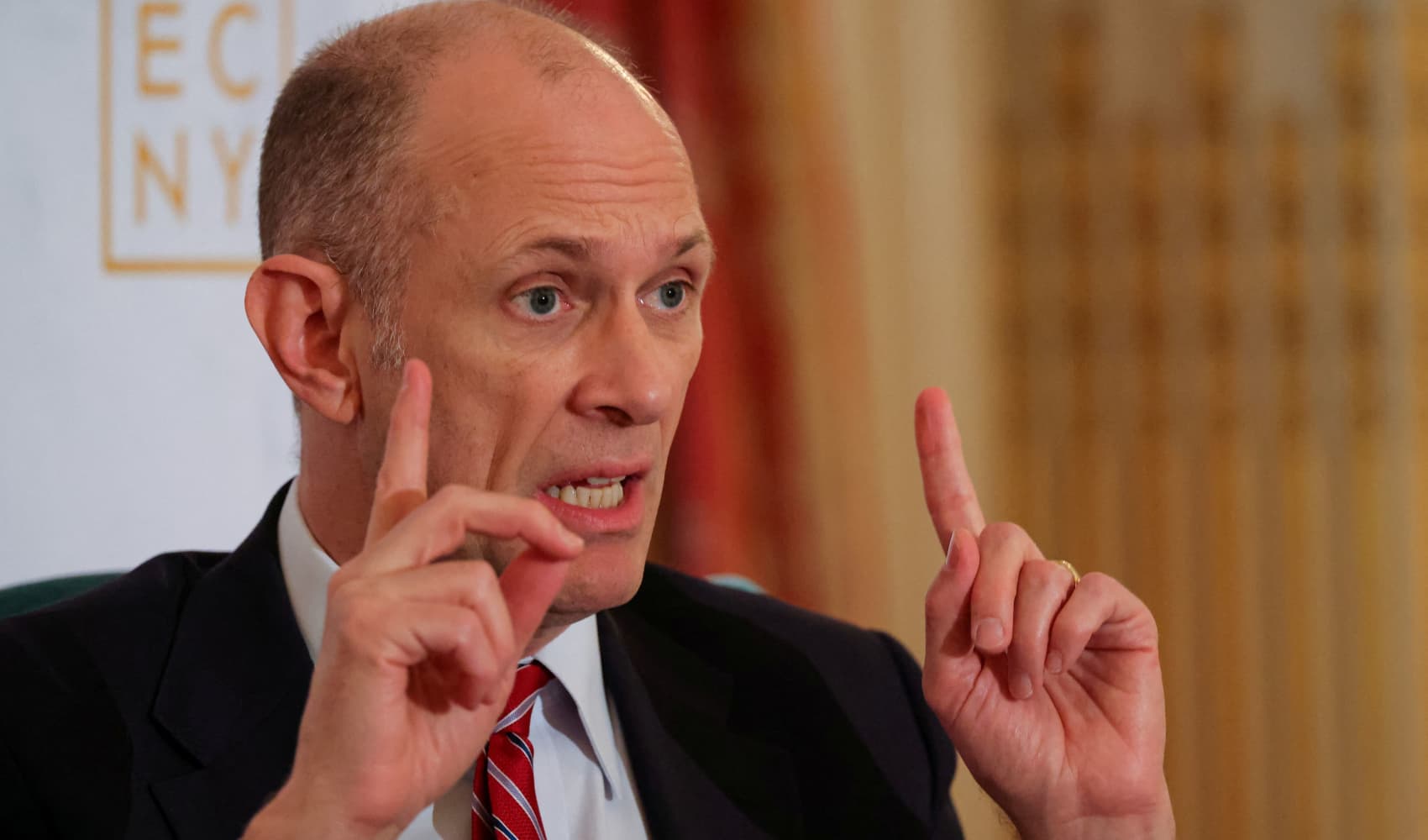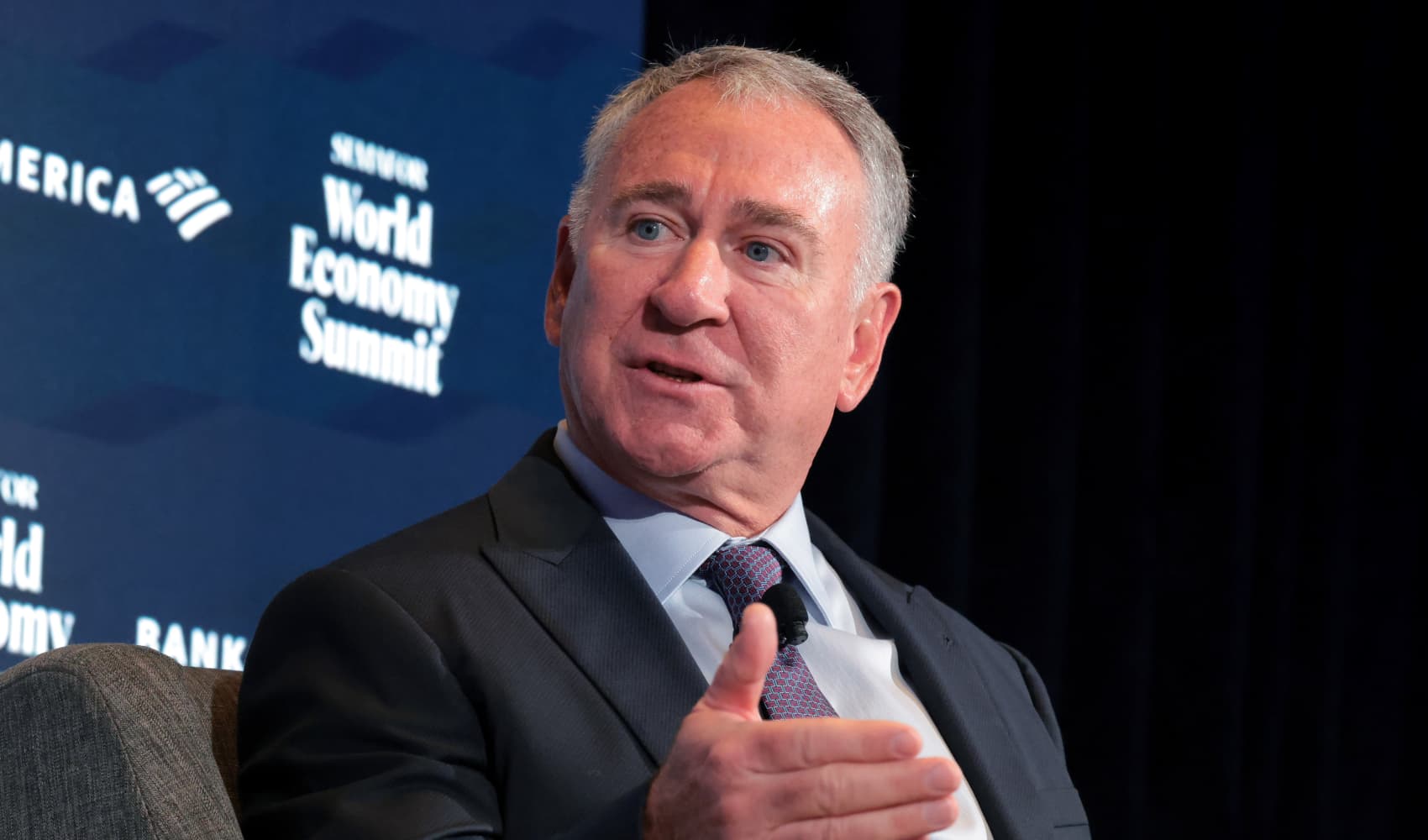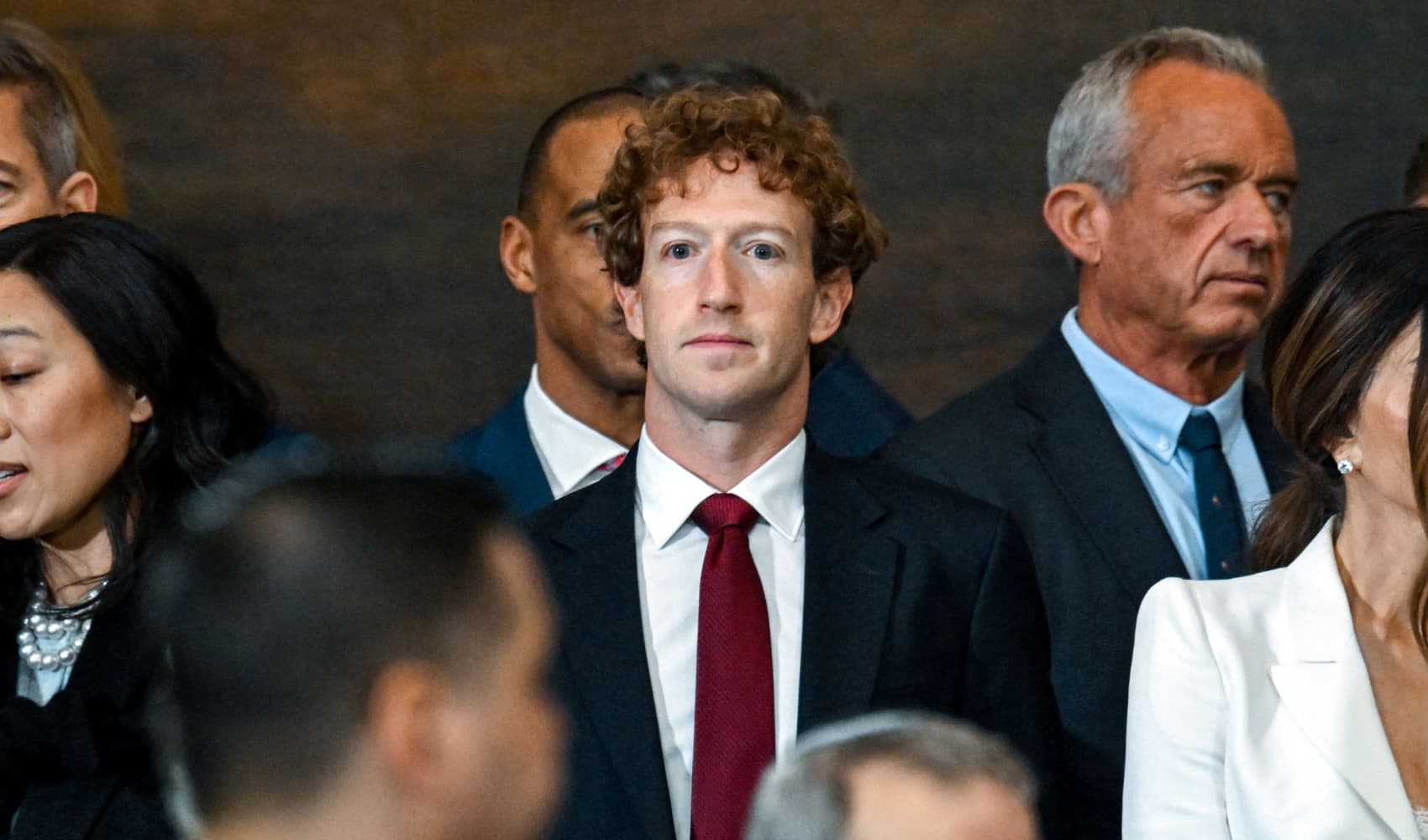Trump Tariffs: Summer Economic Slump Ahead? Chicago Fed Warns
Trump Tariffs: Will an "Artificially High" Start Trigger a Summer Economic Slump?
Introduction: The Calm Before the Storm… Or Is It?
We've all heard whispers about the potential economic impacts of President Trump's tariffs. But what if the initial effects are masking a larger, more concerning trend? Chicago Fed President Austan Goolsbee has raised a red flag, suggesting that the current uptick in economic activity might be an "artificially high" phenomenon fueled by preemptive buying. Could this mean we're heading for an economic hangover this summer? Let's dive into the details and explore what this could mean for you and your wallet.
The Goolsbee Warning: A "Preemptive Purchasing" Surge
Goolsbee's core argument revolves around the idea of "preemptive purchasing." He believes businesses and consumers are stocking up on goods now to avoid higher prices later, creating a temporary boost to the economy. This surge, he warns, could be followed by a significant slowdown once these stockpiles are filled and demand returns to normal levels.
Understanding "Preemptive Purchasing"
What exactly does "preemptive purchasing" mean? Think of it like this: you know the price of your favorite coffee is going up next month. What do you do? You probably buy a few extra bags now, right? That's preemptive purchasing in action. On a much larger scale, businesses are doing the same, anticipating higher costs due to tariffs.
Is It Just Businesses?
No, it's not just businesses. Consumers are also contributing to this trend. Consider big-ticket items like cars, appliances, or electronics. If you're planning to buy one of these soon and you hear about potential price increases, you might be tempted to pull the trigger sooner rather than later. That adds to the overall economic activity, but it's activity that might have happened later anyway.
Trump's Tariffs: A Double-Edged Sword?
Tariffs, in theory, are meant to protect domestic industries by making imported goods more expensive. But in practice, they can have unintended consequences. While they might benefit some U.S. manufacturers, they also raise costs for businesses that rely on imported components or materials.
The Impact on Businesses
For many businesses, tariffs mean higher input costs. To stay competitive, they might have to absorb some of those costs, passing them on to consumers, or find alternative suppliers. None of these options are ideal, and they can all impact profitability and overall economic growth.
The Impact on Consumers
Ultimately, many of the costs associated with tariffs are passed on to consumers in the form of higher prices. This can erode purchasing power and lead to a decrease in overall demand. If consumers have to spend more on essential goods, they'll have less money to spend on other things, which can slow down the economy.
The "Artificially High" Economy: A House of Cards?
Goolsbee's concern is that the current economic strength is built on a foundation of sand. The "artificially high" level of activity is not sustainable because it's driven by a temporary phenomenon. Once the preemptive buying spree ends, the economy could face a significant correction.
Defining "Artificially High"
Think of it like a sugar rush. You get a burst of energy and excitement, but it's followed by a crash. The "artificially high" economy is similar. It's a temporary surge that doesn't reflect the underlying health of the economy.
The Potential for a "Drop-Off"
The fear is that the summer months could see a significant drop-off in economic activity. As businesses and consumers deplete their stockpiles, demand could plummet, leading to decreased production, layoffs, and slower growth. This is the scenario Goolsbee is warning about.
Inventory Buildup: A Sign of Trouble?
One of the key indicators that Goolsbee is watching is the level of inventory buildup. If businesses are accumulating large amounts of unsold goods, it could signal that demand is waning and that a slowdown is on the horizon.
The Risks of Excessive Inventory
Holding excess inventory can be costly for businesses. It ties up capital, requires storage space, and is subject to obsolescence. If businesses are forced to discount their products to clear out inventory, it can hurt their bottom line.
Just-in-Time Inventory vs. Stockpiling
Many businesses have adopted "just-in-time" inventory management, which aims to minimize the amount of inventory on hand. The preemptive buying spurred by tariffs could be forcing businesses to abandon this strategy and stockpile goods, creating potential problems down the road.
The Role of the Federal Reserve
The Federal Reserve plays a crucial role in managing the economy. One of its primary goals is to maintain stable prices and full employment. In light of Goolsbee's concerns, the Fed might have to adjust its monetary policy to mitigate the potential negative impacts of the tariffs.
Potential Fed Responses
If the economy starts to slow down significantly, the Fed could lower interest rates to stimulate borrowing and investment. It could also consider other measures, such as quantitative easing, to inject liquidity into the financial system.
The Challenge of Balancing Act
The Fed faces a delicate balancing act. It needs to be vigilant about inflation, but it also needs to support economic growth. Goolsbee's warning adds another layer of complexity to this already challenging task.
Beyond Tariffs: Other Economic Factors at Play
While tariffs are a significant concern, it's important to remember that they're not the only factor influencing the economy. Other issues, such as global economic growth, consumer confidence, and technological innovation, also play a role.
Global Economic Growth
The global economy is interconnected. A slowdown in one region can have ripple effects around the world. If global growth weakens, it could exacerbate the negative impacts of tariffs on the U.S. economy.
Consumer Confidence
Consumer spending accounts for a large portion of U.S. economic activity. If consumers become less confident about the future, they might cut back on spending, which could further slow down the economy.
What Can You Do? Protecting Your Finances
So, what can you do to protect yourself and your finances in the face of these economic uncertainties? Here are a few practical tips:
- Diversify your investments. Don't put all your eggs in one basket.
- Build an emergency fund. Having a financial cushion can help you weather unexpected economic shocks.
- Pay down debt. Reducing your debt burden can free up cash flow and make you more resilient.
- Stay informed. Keep up-to-date on economic developments and adjust your plans accordingly.
Is a Recession Inevitable?
No one can predict the future with certainty, but Goolsbee's warning serves as a reminder that economic growth is not always linear. While a recession is not inevitable, it's important to be aware of the risks and take steps to protect yourself.
Conclusion: Navigating the Economic Waters
Austan Goolsbee's cautionary words about Trump's tariffs highlight the potential for an "artificially high" economic start to be followed by a summer slump. The preemptive buying spree by businesses and consumers, driven by the fear of higher prices, may be masking underlying weaknesses in the economy. While the future remains uncertain, it's crucial to stay informed, be prepared, and navigate these economic waters with caution. The key takeaway is that we should not take the current economic activity for granted.
Frequently Asked Questions
Here are some frequently asked questions about the potential economic impacts of Trump's tariffs:
- What are tariffs and how do they work?
Tariffs are taxes imposed on imported goods. They increase the cost of these goods, making them more expensive for consumers and businesses. The goal is often to protect domestic industries from foreign competition. - How might tariffs affect me as a consumer?
Tariffs can lead to higher prices for imported goods, which can reduce your purchasing power. You might also see higher prices for domestically produced goods if they rely on imported components or materials. - What industries are most vulnerable to the negative effects of tariffs?
Industries that rely heavily on imported components or materials are particularly vulnerable, such as manufacturing, electronics, and automotive. Agricultural sectors reliant on exports may also be negatively impacted if other countries retaliate with their own tariffs. - What is the Federal Reserve's role in managing the economic impact of tariffs?
The Federal Reserve can adjust its monetary policy to try to mitigate the negative effects of tariffs. This might involve lowering interest rates or implementing other measures to stimulate economic growth. - Should I change my investment strategy in response to these concerns?
It's always a good idea to diversify your investments and build an emergency fund. Consulting with a financial advisor can help you develop a personalized strategy based on your individual circumstances and risk tolerance.




